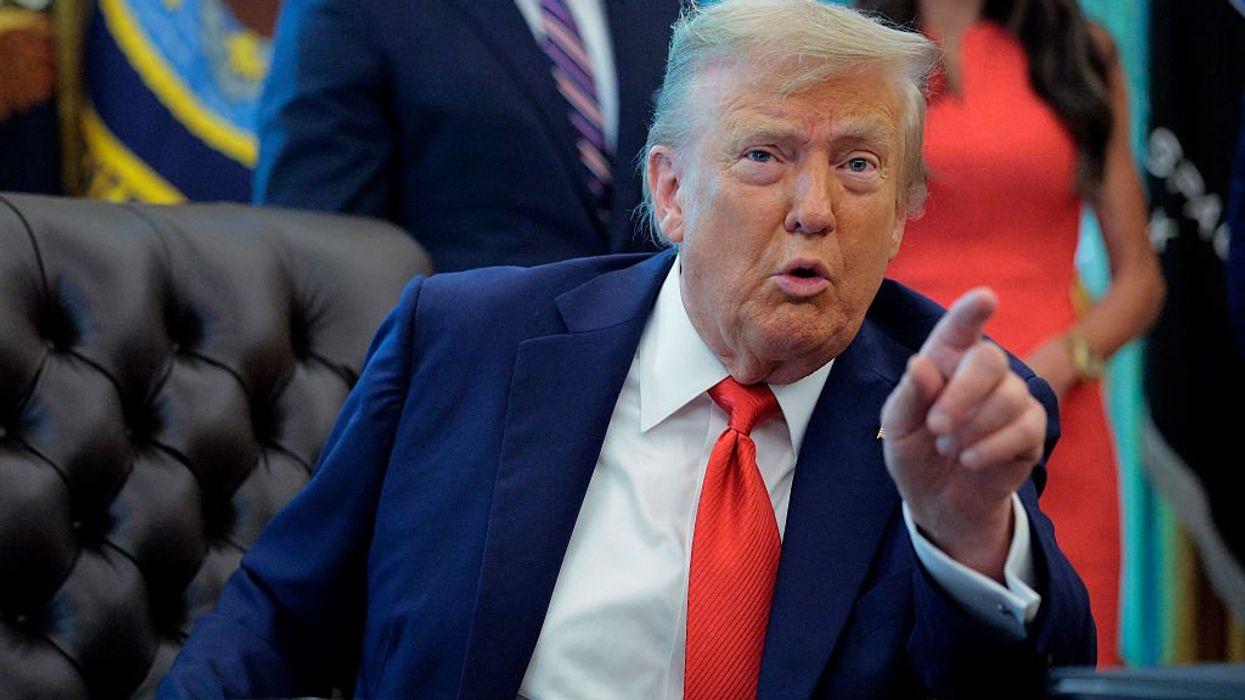The media are falling all over themselves today at a so called ‘controversial’ comment from Mitt Romney that was ‘caught’ on secret hidden video at a private fundraiser. What comment was so bad it yanked attention away from burning U.S. Embassies?
The full non-shocking video is below:
Part 1
Part 2:
Mother Jones on Monday released undercover footage of Republican presidential candidate Mitt Romney candidly addressing donors during a private, off-the-record fundraiser.“There are 47 percent of the people who will vote for the president no matter what. All right, there are 47 percent who are with him, who are dependent upon government, who believe that they are victims, who believe the government has a responsibility to care for them, who believe that they are entitled to health care, to food, to housing, to you-name-it,” the former Massachusetts governor can be heard saying.
“That, that’s an entitlement. And the government should give it to them. And they will vote for this president no matter what…These are people who pay no income tax,” he continued, adding “so our message of low taxes doesn’t connect.”
“[M]y job is, is not to worry about those people. I’ll never convince them they should take personal responsibility and care for their lives.”
You can read more analysis from TheBlaze HERE.
But Glenn wondered how the media could be focusing on just a few comments considering some of the stories they are ignoring or under reporting. He read through a list of headlines he had been reading earlier in the morning:
- Unable to reach a compromise over the weekend, South Africa is now in an all out labor strike, with the police again firing rubber bullets at miners with lethal escalation guaranteed
- Back from vacation, the once again penniless citizens of Spain, Greece, and Portugal have resumedprotesting austerity
- US embassies attacked, in many cases with numerous casualties, in Egypt, Libya, Tunisia, Morocco, Sudan, Lebanon, India, Balgadesh, Indonesia, and others.
- Japan "appropriating" China-contested islands provoking a firestorm of retaliation including demands for "war with Japan"
- The Japanese ambassador to China dying mysteriously
- Netanyahu telling Meet the Press Iran will have a nuke in six-seven months and must be stopped beforehand
- Warships from more than 25 countries, including the United States, Britain, France, Saudi Arabia and the UAE, launching a military exercise in the Straits of Hormuz
- A third US aircraft - the CVN-74 Stennis - carrier is en route to Iran with an ETA of about 10 days
- And finally, a potential catalyst to light this whole mess on fire, Iran's Revolutionary Guard announcing that its troops are now on the ground in Syria.
"I have absolute disdain for those Americans who can support themselves but do not. I don't for those who can't those who can't make it. That's what we're there for. That's what we do as people. We help each other. But there are far too many people that can help themselves that don't," Glenn said.
Glenn said the real criticism needed to be leveled at President Obama, who has routinely told those same people who aren't paying taxes that the wealthy aren't paying their "fair share". He also reminded listeners that President Obama had previously derided Middle America as "clinging to their God and guns".
"Here's the good news: They didn't see you coming then. They don't see you coming now. They didn't know you would wake up in time. That you would apply yourself. That you wanted to learn about your country. Learn about history. That you would take the time and teach it to your children. They didn't know you would ignore the mainstream media, and then find new media or make media yourself. They had no idea you would have been involved in spreading the truth to anyone who would listen. They had no idea you'd go door-to-door. You'd go all night long if you had to. "
"They had no idea and they still don't. They had no idea. They didn't realize that you would save America. Because they've never seen it as worth saving. They don't understand you. I do."
"Millions of Americans do. You are not alone. You are not in the backseat. You are in the driver's seat. Make no mistake of that. No matter what the mainstream media says. No matter what the government says to you know that you are on driver's seat. They are more afraid of you than you are of them. They have reason. That's why they're building these gigantic server farms to monitor everything you do because they are terrified of you and listen to me now Washington. You should be. Because come this November we are coming to re-claim our rightful place as the owners of this country."

 Chip Somodevilla / Staff | Getty Images
Chip Somodevilla / Staff | Getty Images
 ROBYN BECK / Contributor | Getty Images
ROBYN BECK / Contributor | Getty Images Andrew Harnik / Staff | Getty Images
Andrew Harnik / Staff | Getty Images